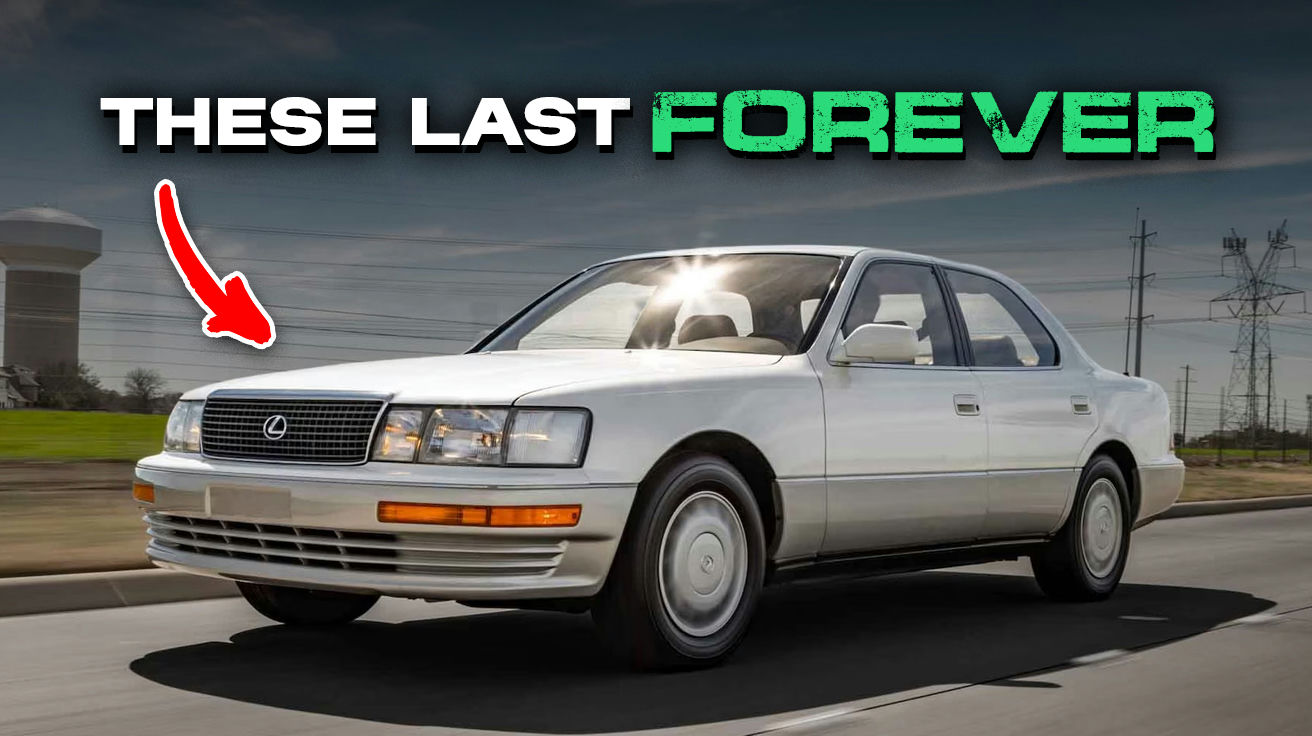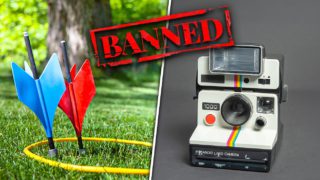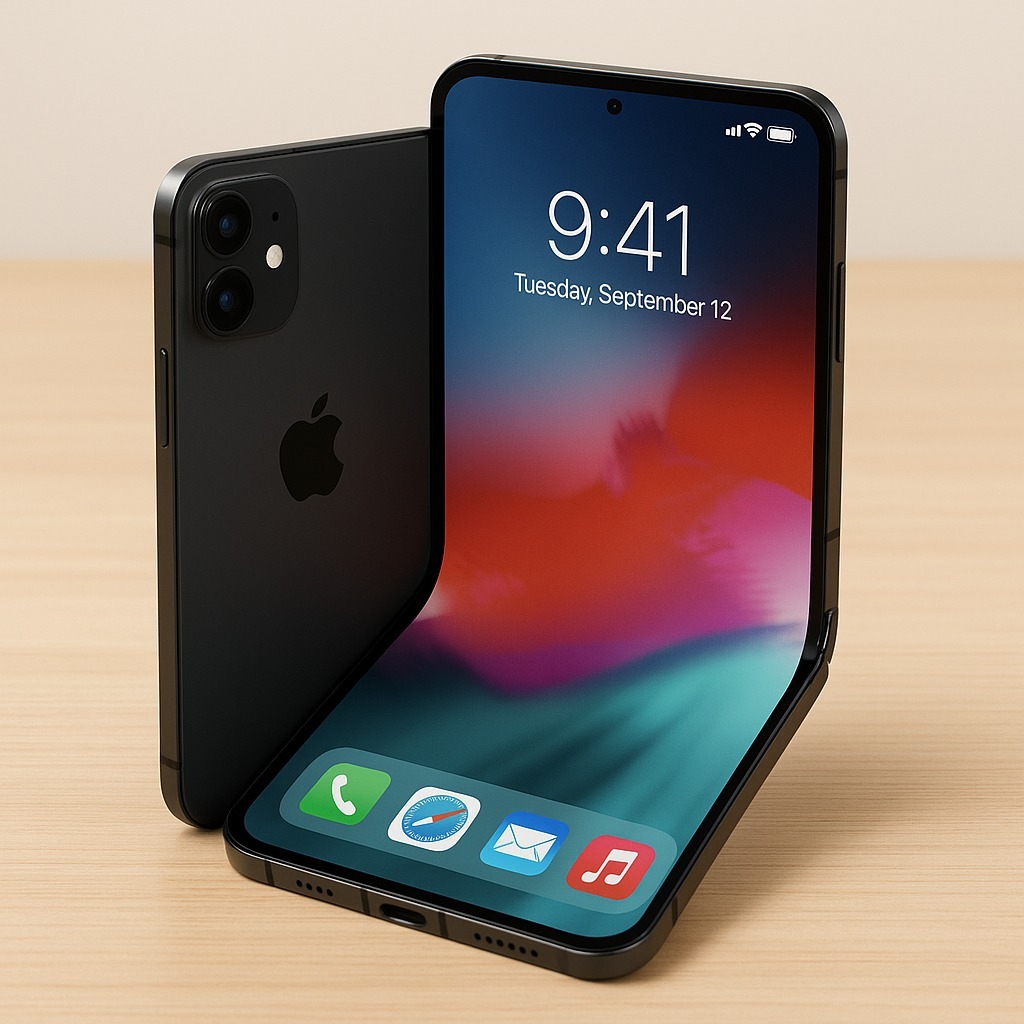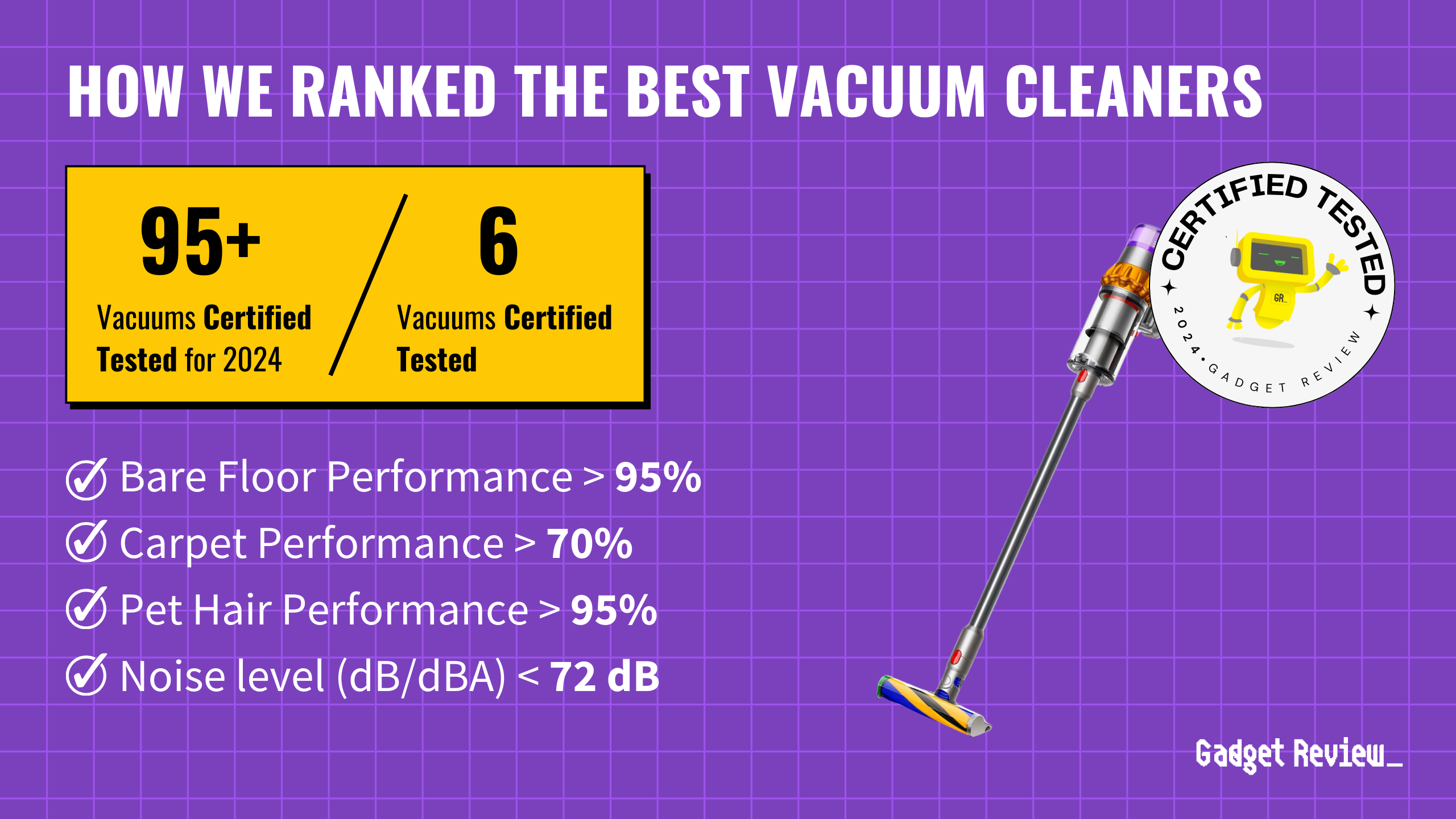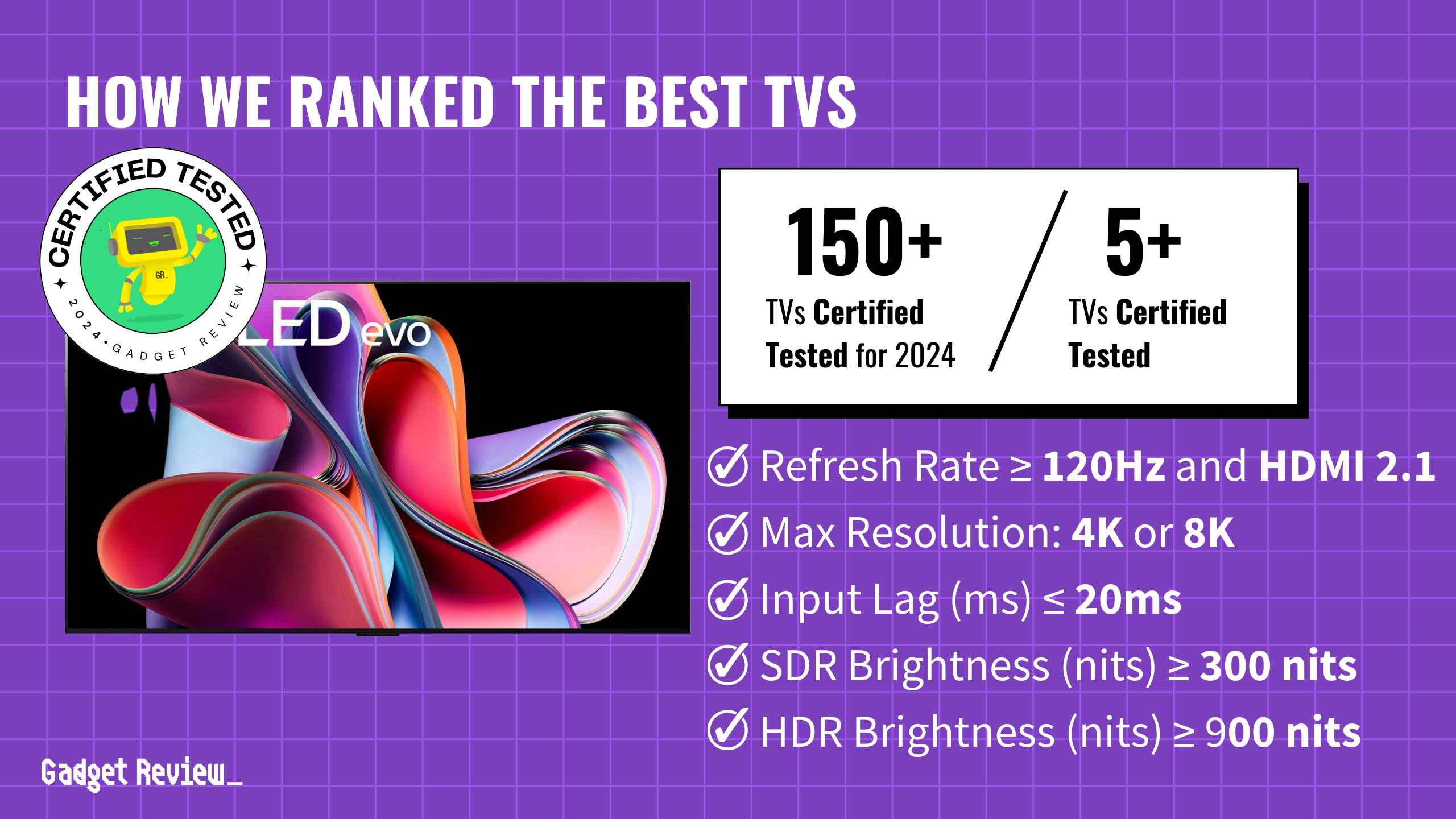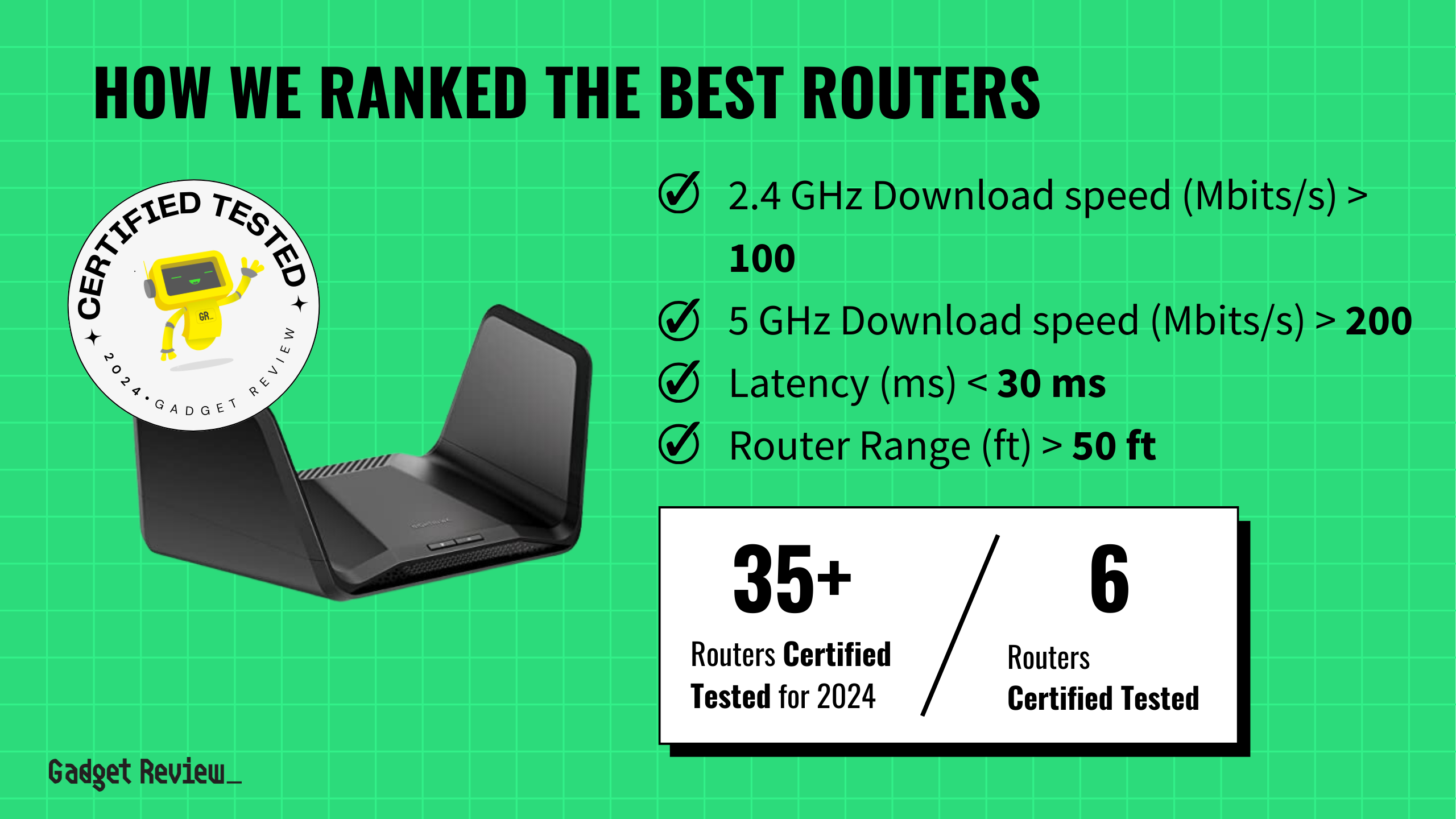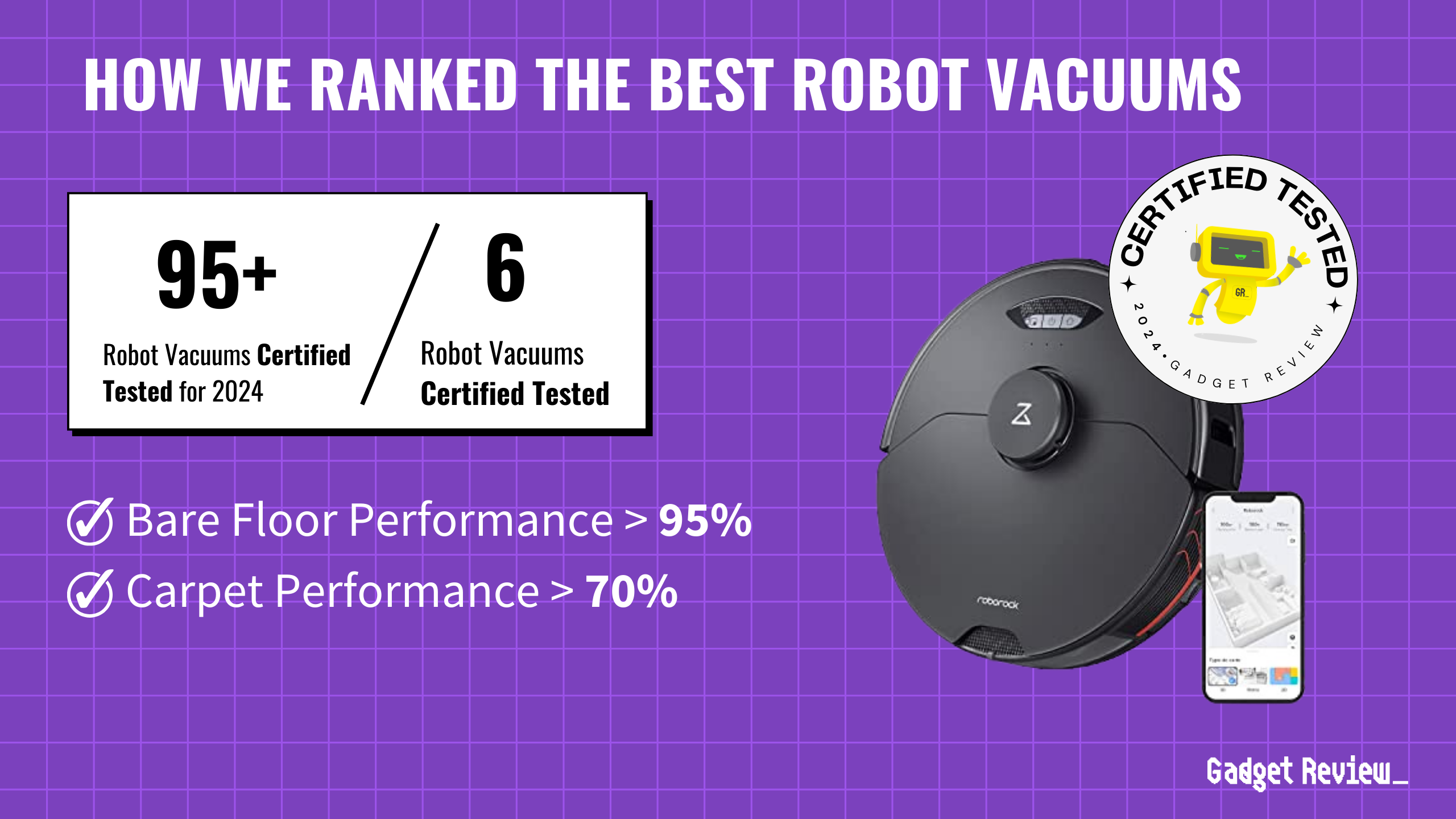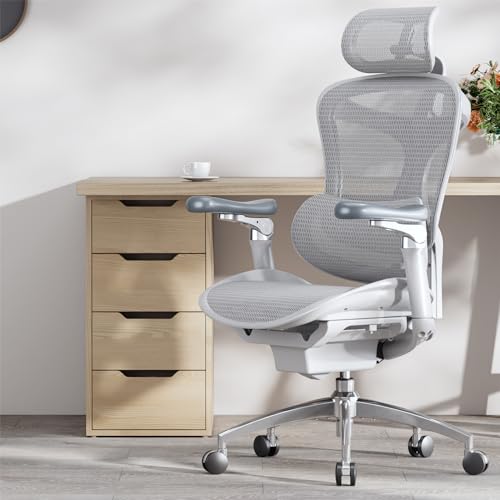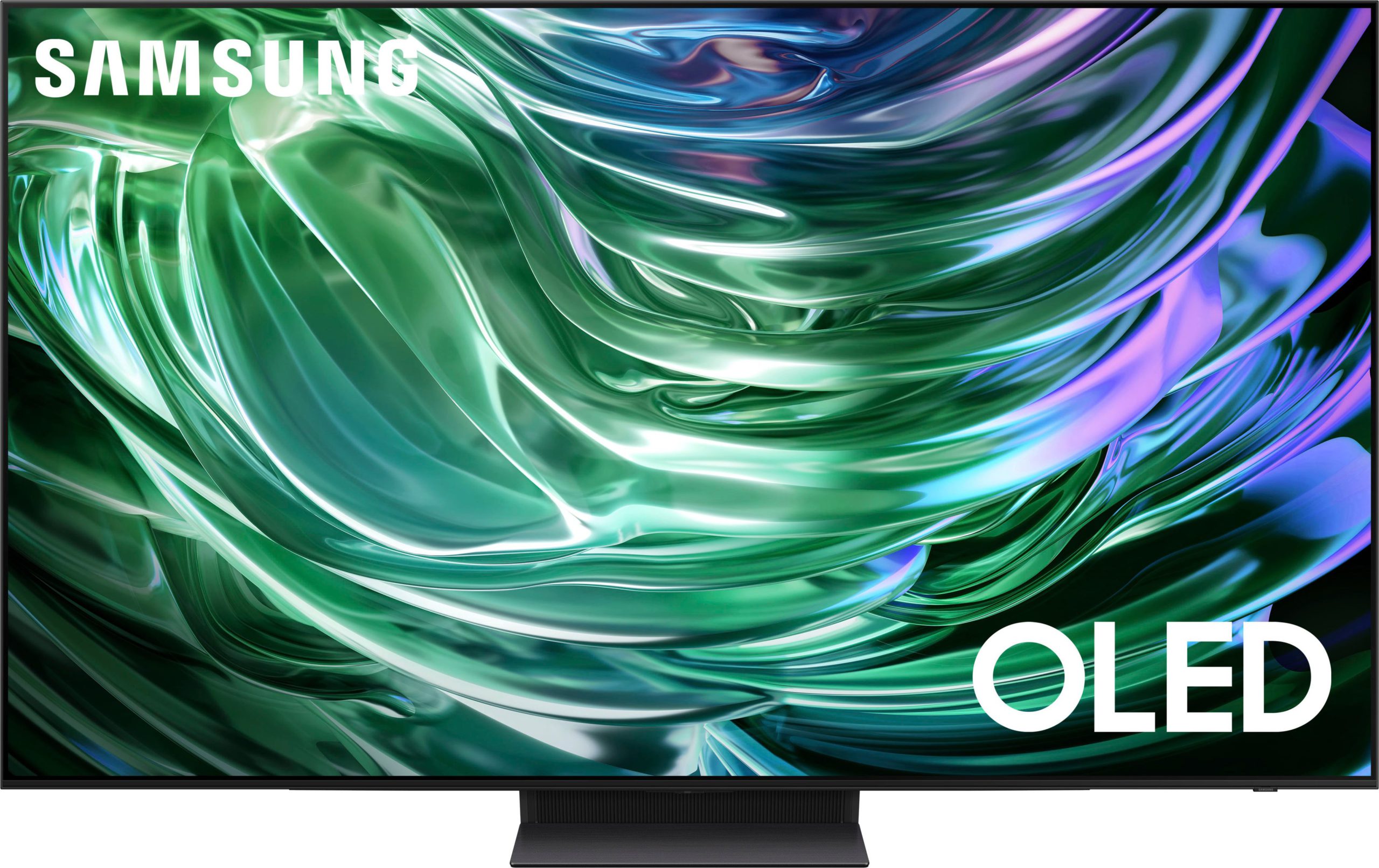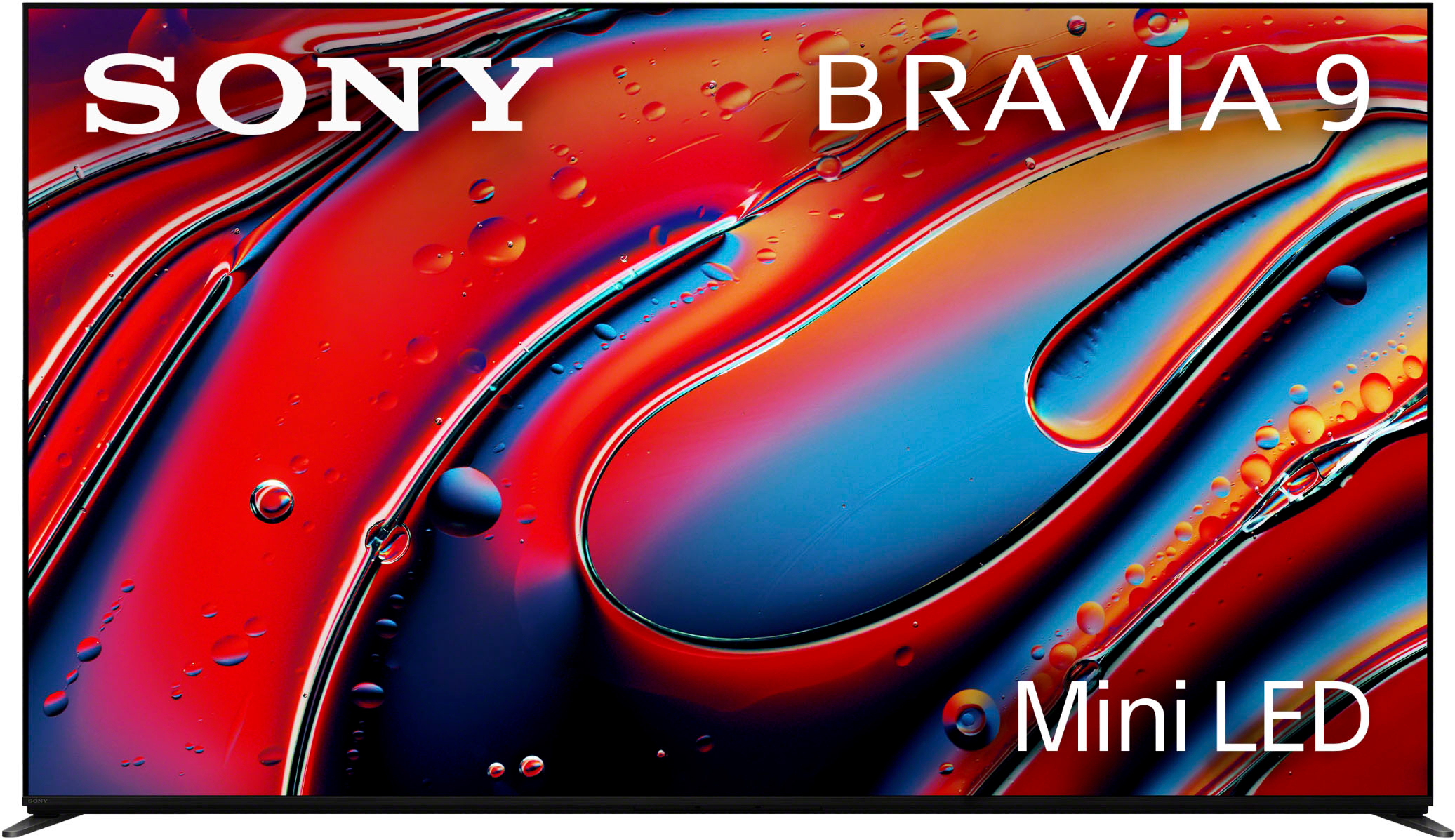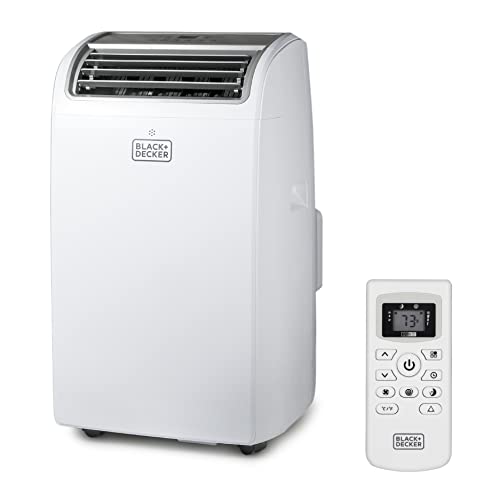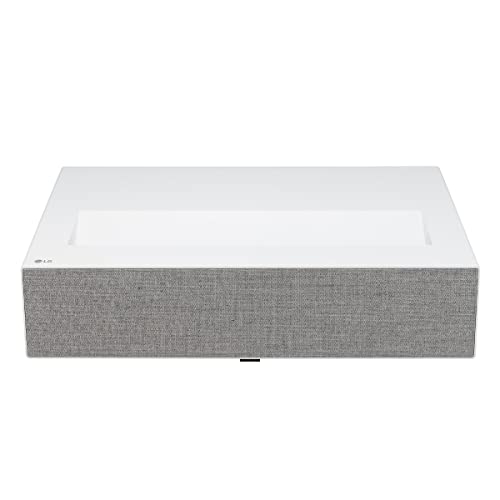Somewhere beyond the realm of planned obsolescence exists a mechanical Valhalla where certain vehicles laugh in the face of depreciation curves. These automotive overachievers thrive through decades of abuse that would reduce lesser machines to scrapyard confetti. Strategic engineering coupled with old-school overbuilding creates these mechanical cockroaches capable of outlasting empires. Which four-wheeled warriors have genuinely earned legendary status? Let’s examine these motorized methuselahs that refuse to die.
7. Toyota Camry (Late 1990s) (Exterior)
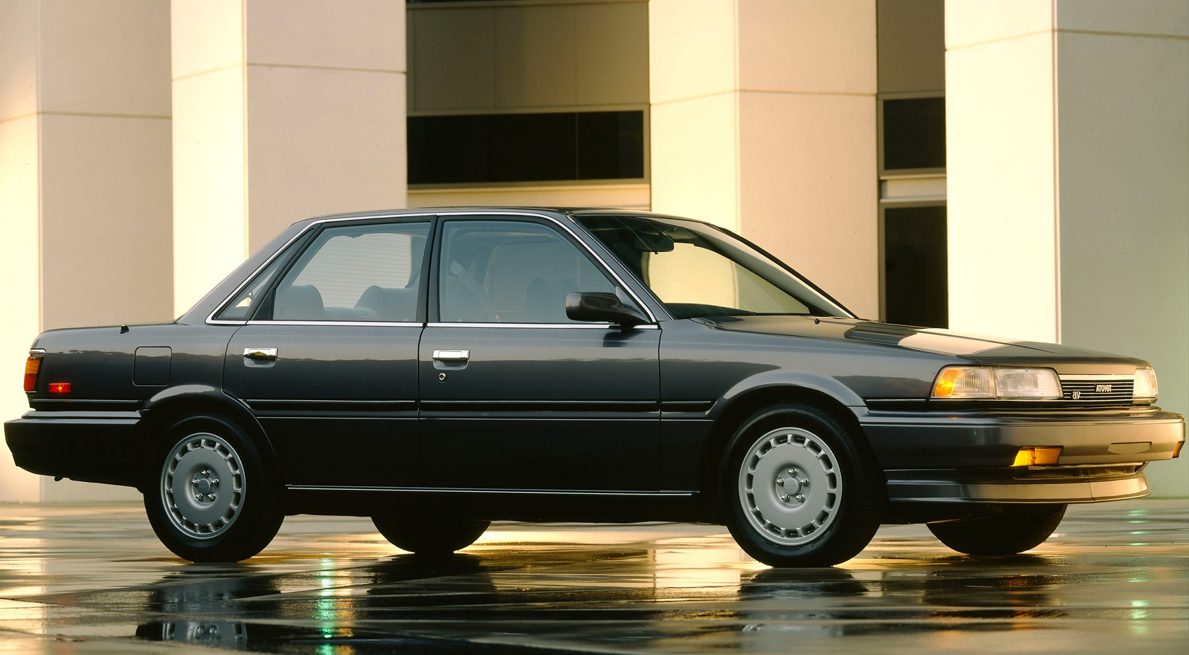
The late 1990s Toyota Camry established reliability benchmarks competitors still struggle to match. Its styling exemplifies restrained Japanese design—nothing flashy, nothing offensive. Panel gaps maintain consistency years later, with doors that close with factory-fresh solidity. Both engines deliver extraordinary longevity and are available with either the 2.2L 5S-FE four-cylinder or 3.0L 1MZ-FE V6. The four-cylinder typically outlives its V6 sibling, which requires stricter oil change intervals to prevent sludge buildup.
Toyota Camry (Late 1990s) (Interior)
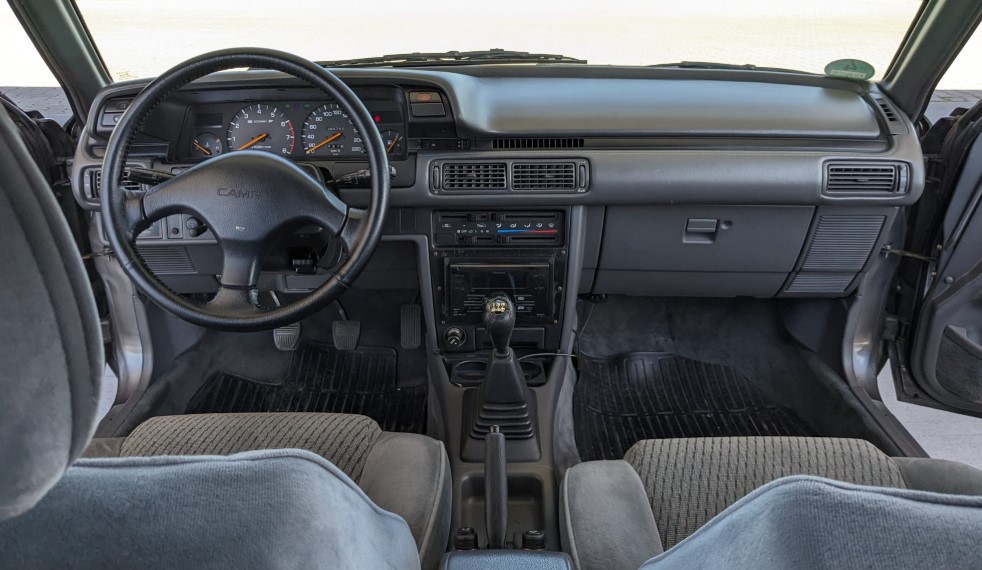
Inside the Camry, you’ll find an interior that prioritizes logic over fashion—Toyota employed engineers rather than stylists. Seats provide all-day comfort without the wear that plagues sportier designs. Look for high-mileage examples in ride-share fleets, demonstrating their exceptional reliability under punishing use. Power steering rack leaks emerge as the most common issue, but replacement parts remain affordable. Finding solid examples under $3,000 remains straightforward, offering exceptional value for budget-conscious buyers.
6. Ford Crown Victoria (Exterior)
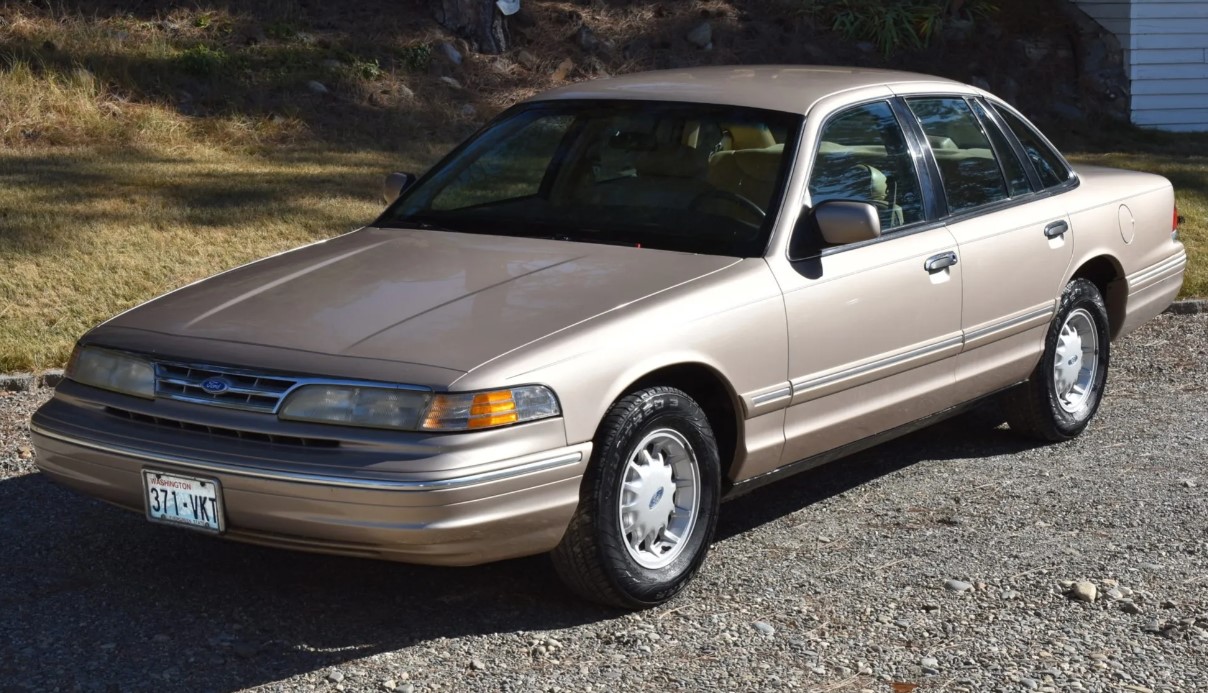
The Crown Victoria embodies Detroit’s finest hour—when engineering focused on durability rather than touchscreens. Its slab-sided design provides exceptional repair accessibility. These utilitarian tanks dominated police fleets through their blend of simplicity and ruggedness. Heavy-duty cooling systems and reinforced suspensions enabled survival in environments that destroyed lesser vehicles. The 4.6L modular V8 demonstrates remarkable longevity despite constant idling and punishing service conditions.
Ford Crown Victoria (Interior)
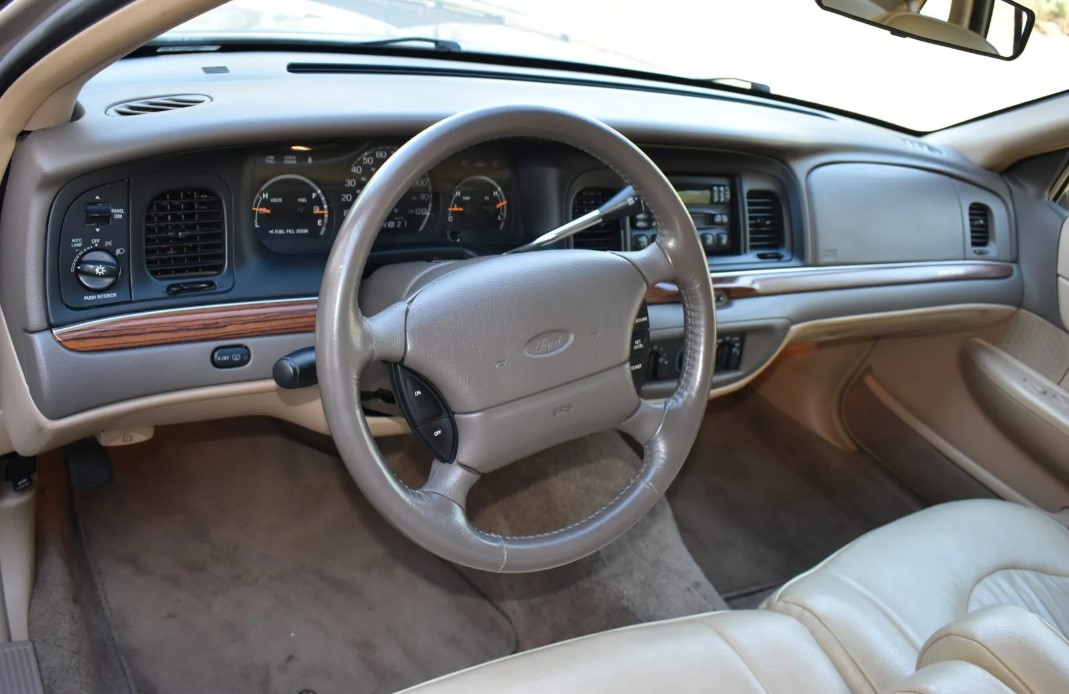
Inside, you’ll find an interior designed for function over fashion—like a work boot rather than a loafer. The bench seats accommodate all body types while resisting wear. Controls feature the simplicity of a hammer—large buttons functioning perfectly with gloved hands. Inspect for intake manifold coolant leaks—a common but fixable issue. Police interceptors require scrutiny; their engine hour meters often reveal accelerated wear. Their body-on-frame construction simplifies repairs while providing substantial crash protection.
5. Volvo 240 (Exterior)

The Volvo 240 represents Swedish pragmatism elevated to devotion. Its brick-like design prioritizes interior space over aerodynamics. The boxy proportions provide exceptional visibility that modern vehicles can’t match. Its tank-like construction pairs with the 2.3L B230F Redblock engine—engineered for exceptional durability. The rear-wheel-drive layout simplifies maintenance compared to complex front-drive systems. While contemporary vehicles embrace complexity, these Swedish bricks focus on long-term reliability.
Volvo 240 (Interior)

Inside the 240, you’ll discover an interior that prioritizes function over fashion. The seats provide excellent support that makes long trips surprisingly comfortable. Dashboard controls feature a logical layout with simple buttons that continue functioning for decades. The legendary B230F engines routinely achieve 400,000 to 500,000 miles with proper maintenance. Electrical gremlins represent the primary weakness: budget for fusebox repairs. Volvo pioneered occupant protection with the 240, introducing safety features years before industry standards. Speaking of safety, here are a few pocket-friendly options that combine both safety and affordability.
4. Honda Accord (Early 2000s) (Exterior)
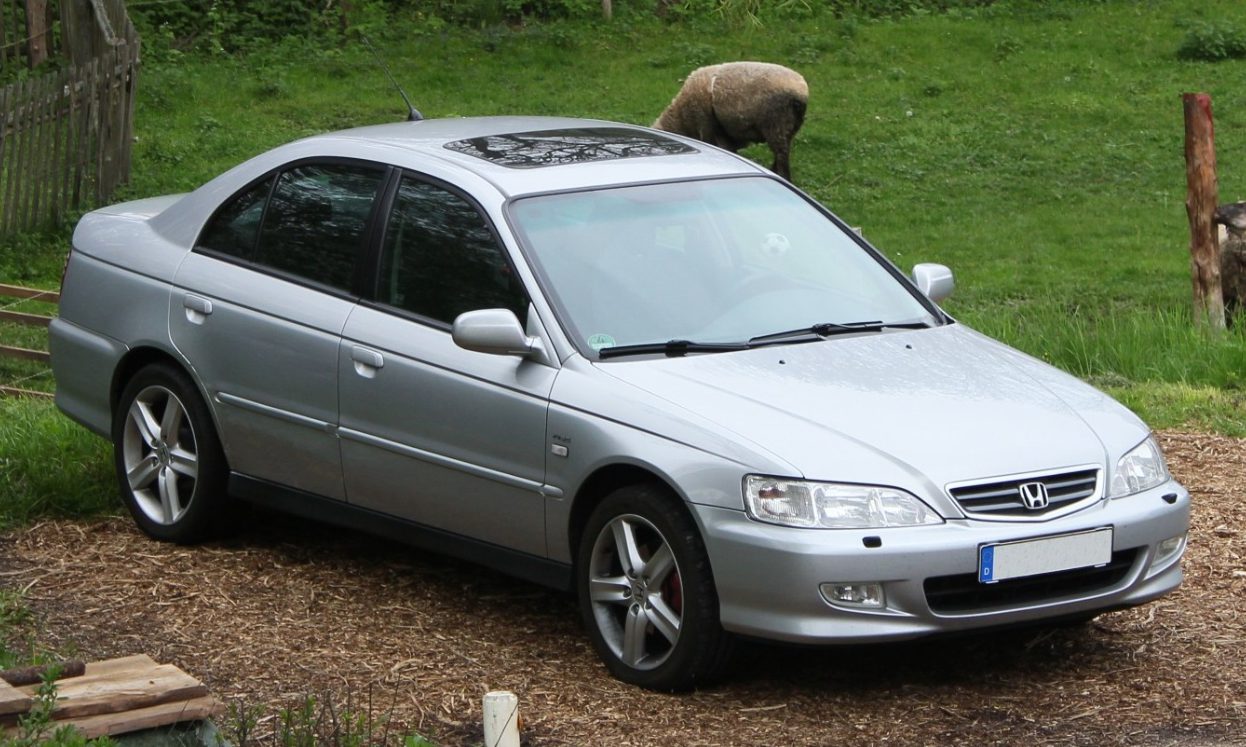
Honda’s early 2000s Accord demonstrates engineering brilliance without marketing hype. The styling strikes a perfect balance between contemporary appeal and timeless restraint. Both powerplants—the 2.4L K-series four-cylinder and 3.0L J-series V6—deliver remarkable longevity with basic maintenance. The K-series engines use an interference design, unlike their earlier F-series predecessors. Panel fit remains impressive decades later, with doors that close with a satisfying thunk of quality.
Honda Accord (Early 2000s) (Interior)
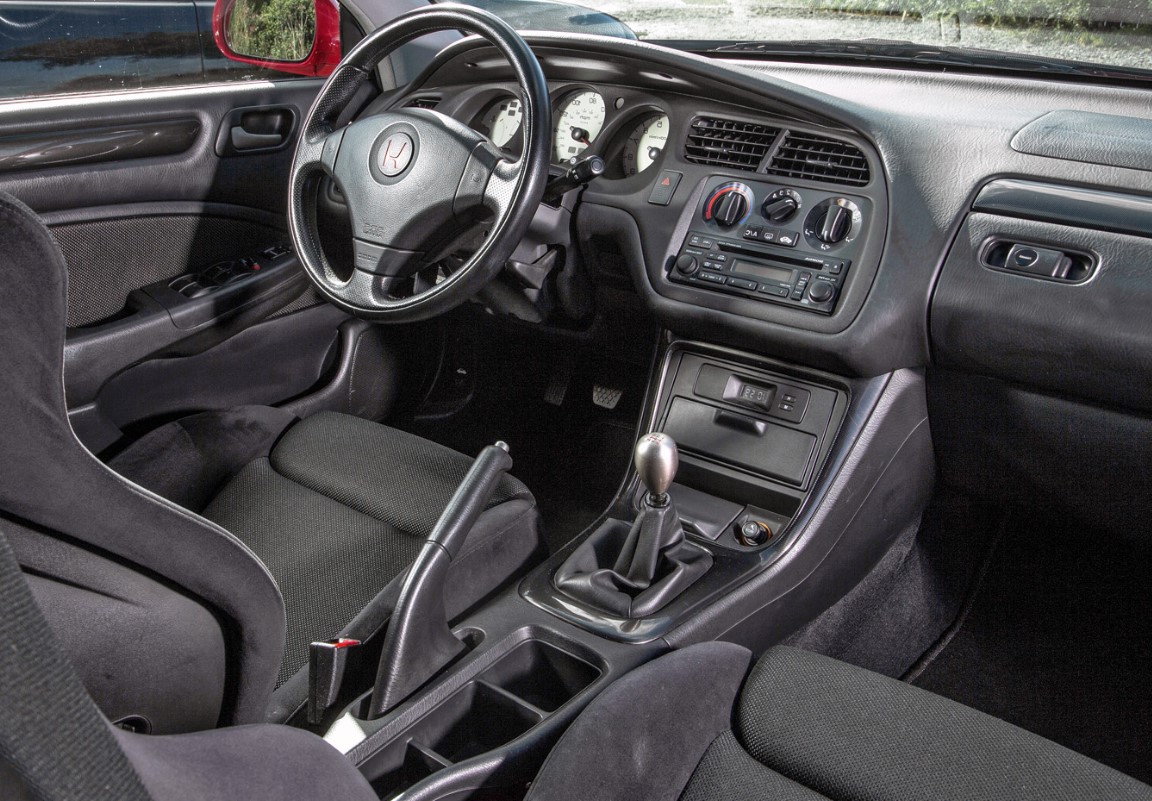
The interior lacks upscale materials but compensates with logical design and surprising durability. Seat bolsters resist wear while dashboard buttons maintain their lettering through thousands of presses. The climate control system functions flawlessly while complex systems in rival vehicles develop issues. Shop carefully—the V6 automatic transmissions developed a reputation for problems. Northern examples often develop rust, requiring thorough inspection. Pre-2003 models feature sophisticated double-wishbone suspension providing excellent handling alongside reliability.
3. Lexus LS400 (Exterior)
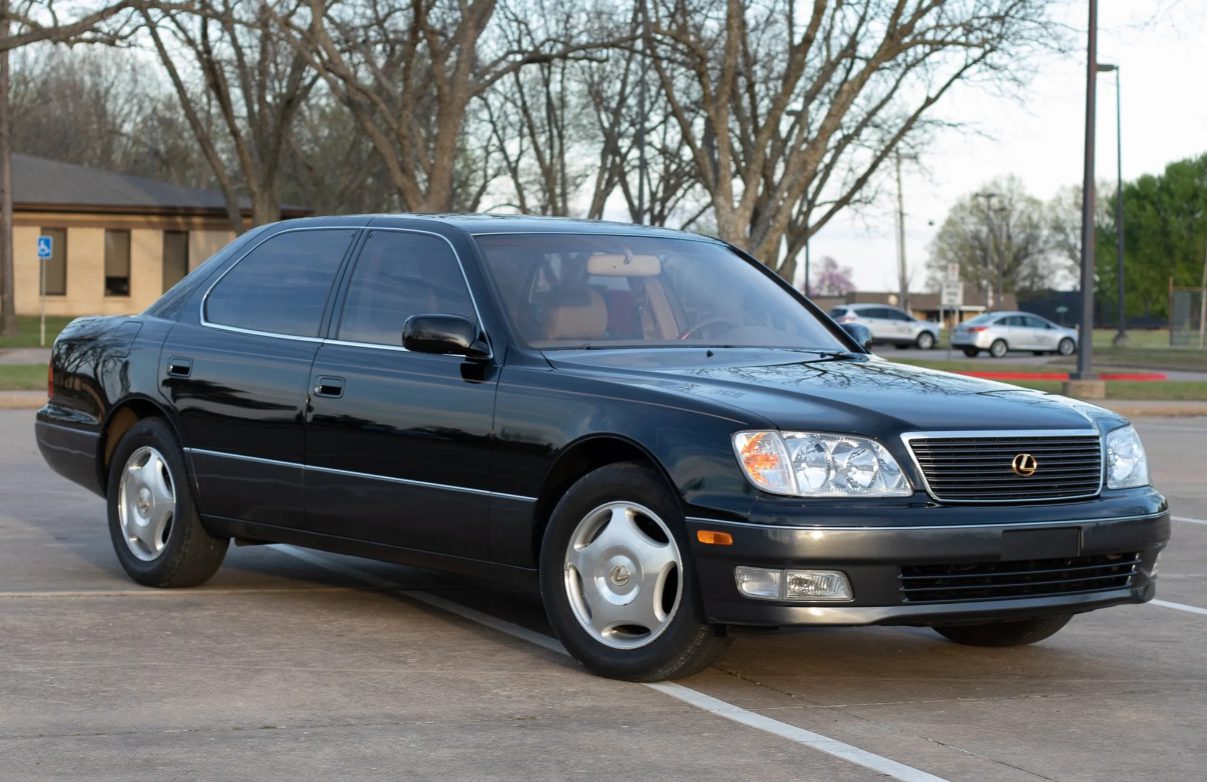
The Lexus LS400 represents Toyota’s engineering masterpiece. Engineers collaborated to create perfection, with assembly workers reportedly wearing surgical booties to prevent contamination. The 4.0L 1UZ-FE V8 engine delivers smooth power while exhibiting extraordinary durability. One 1996 specimen conquered the million-mile barrier despite enduring 100+ different drivers. The aerodynamic design features a drag coefficient competitive for its era. Panel gaps remain consistently tight—a testament to precision manufacturing.
Lexus LS400 (Interior)
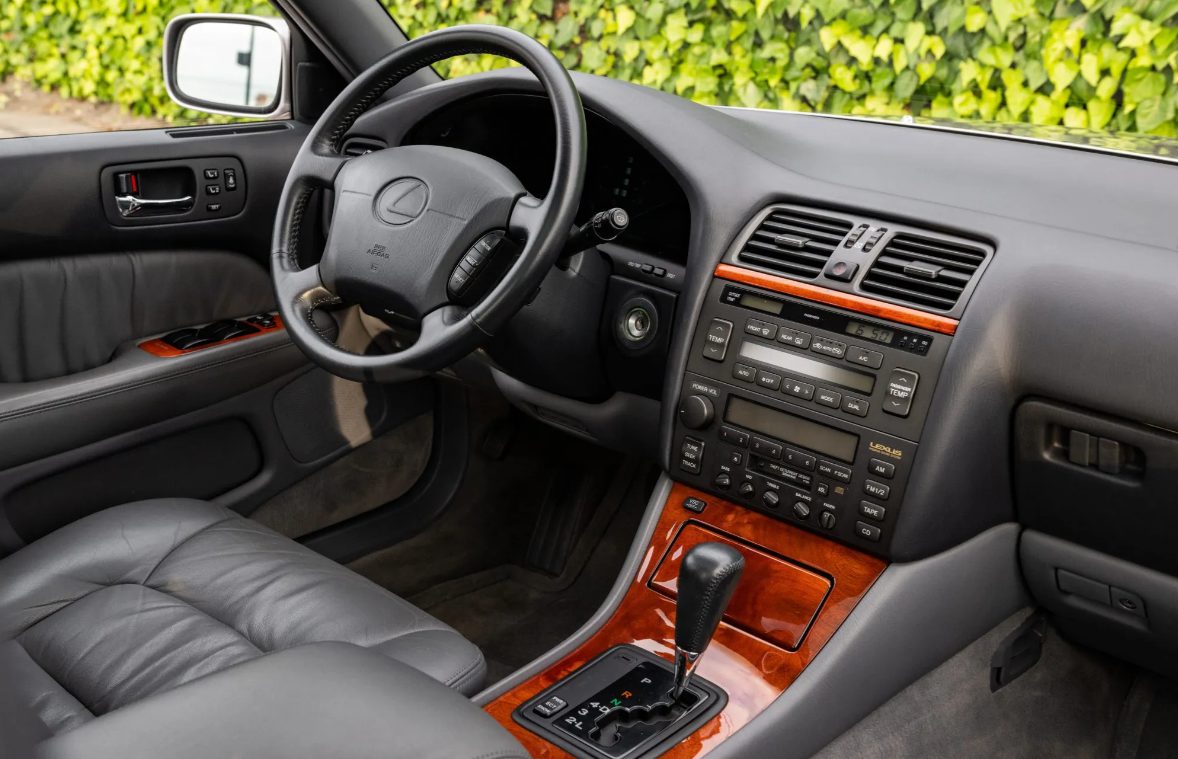
Step inside and you’ll understand why these interiors age gracefully. The leather seats develop character rather than deteriorating, and dashboard materials resist ultraviolet damage. Wood trim maintains its luster for decades. The electrical systems function reliably while luxury competitors develop numerous issues. Replace the timing belt every 90,000 miles as recommended. Million-mile examples required significant investment—money well spent considering the extraordinary service life.
2. Toyota Pickup (1980s-1990s) (Exterior)
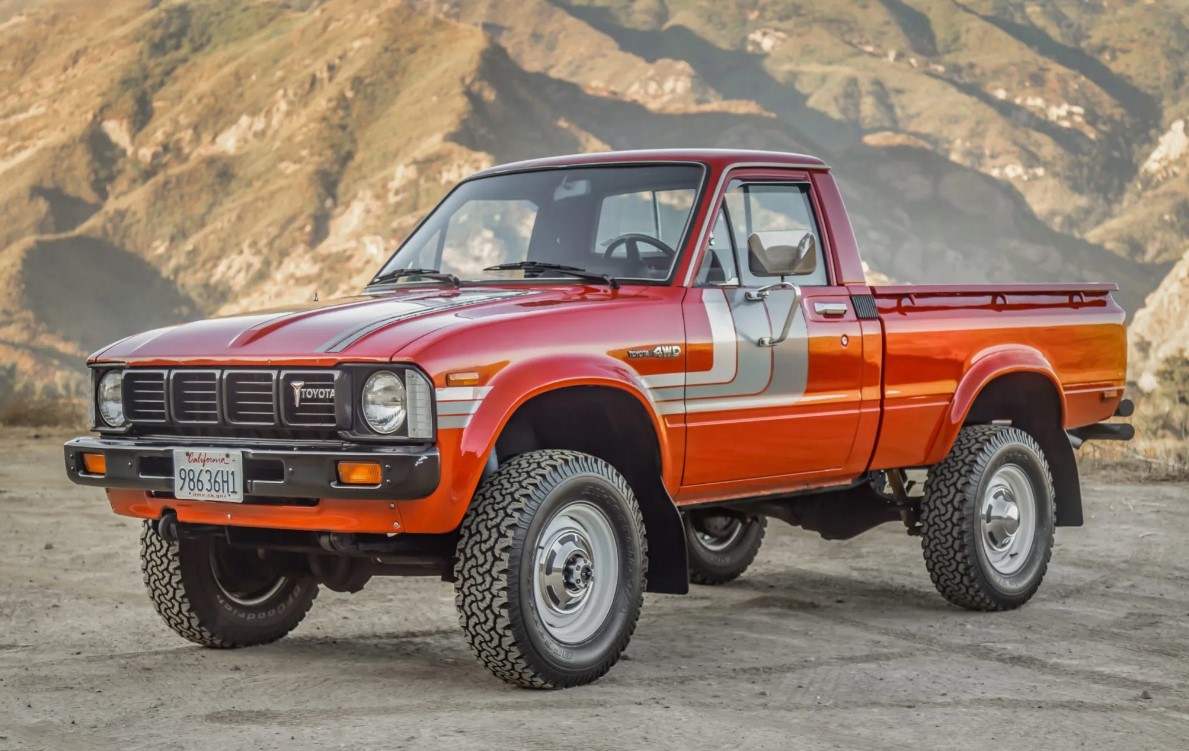
Toyota’s 1980s-1990s pickups represent mechanical simplicity as art. The design prioritizes function with generous ground clearance and excellent approach angles. These utilitarian workhorses demonstrate nearly supernatural durability. The legendary 22R-E four-cylinder combines exceptional reliability with repair simplicity. These trucks achieved fame when Top Gear’s production team spectacularly failed to destroy one, cementing their “unbreakable” reputation. Rust remains the primary concern—inspect frame rails thoroughly before purchase.
Toyota Pickup (1980s-1990s) (Interior)
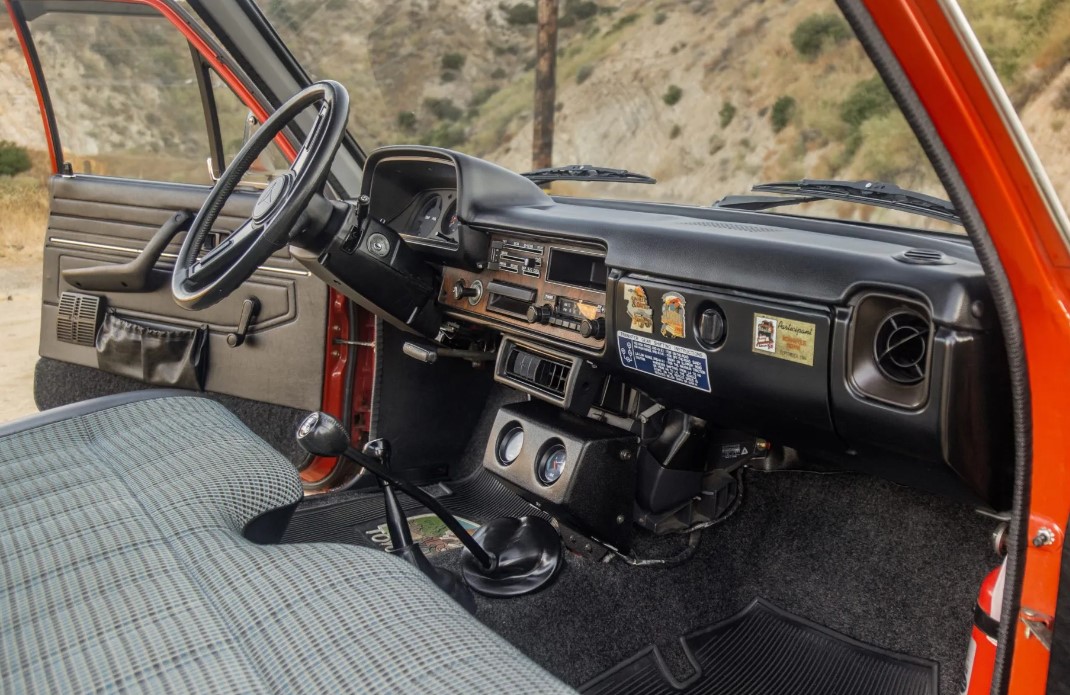
The interior embraces function over extravagance—straightforward and built to endure. Cloth seats resist wear while remaining comfortable for daily driving. The simple dashboard features intuitive controls. Sun exposure damages dashboards, but mechanical components soldier onward regardless. Their mechanical fuel injection contributes to reliability through simplicity. Market prices typically hover around $4,500 to $6,000 for high-mileage examples. These spartan interiors lack modern amenities but compensate with decades of faithful service.
1. Lexus RX300 AWD (Exterior)
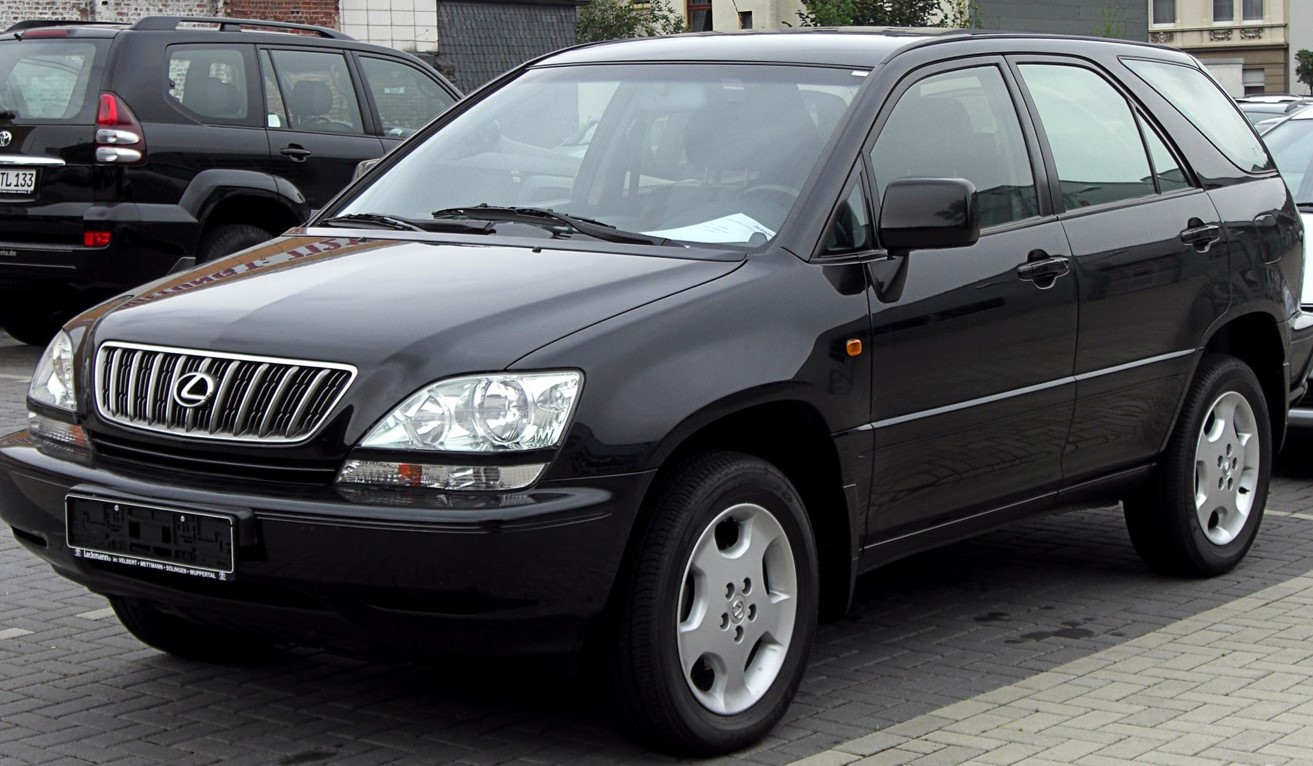
The Lexus RX300 pioneered luxury crossovers before “crossover” became marketing jargon. Its design balances car and SUV elements that manufacturers still attempt to replicate. The aerodynamic profile reduces wind noise while maintaining reasonable ground clearance. Its unibody construction delivers car-like handling with family-friendly utility. The available permanent AWD system adds all-weather capability without compromising reliability—impressive engineering considering its complexity.
Lexus RX300 AWD (Interior)
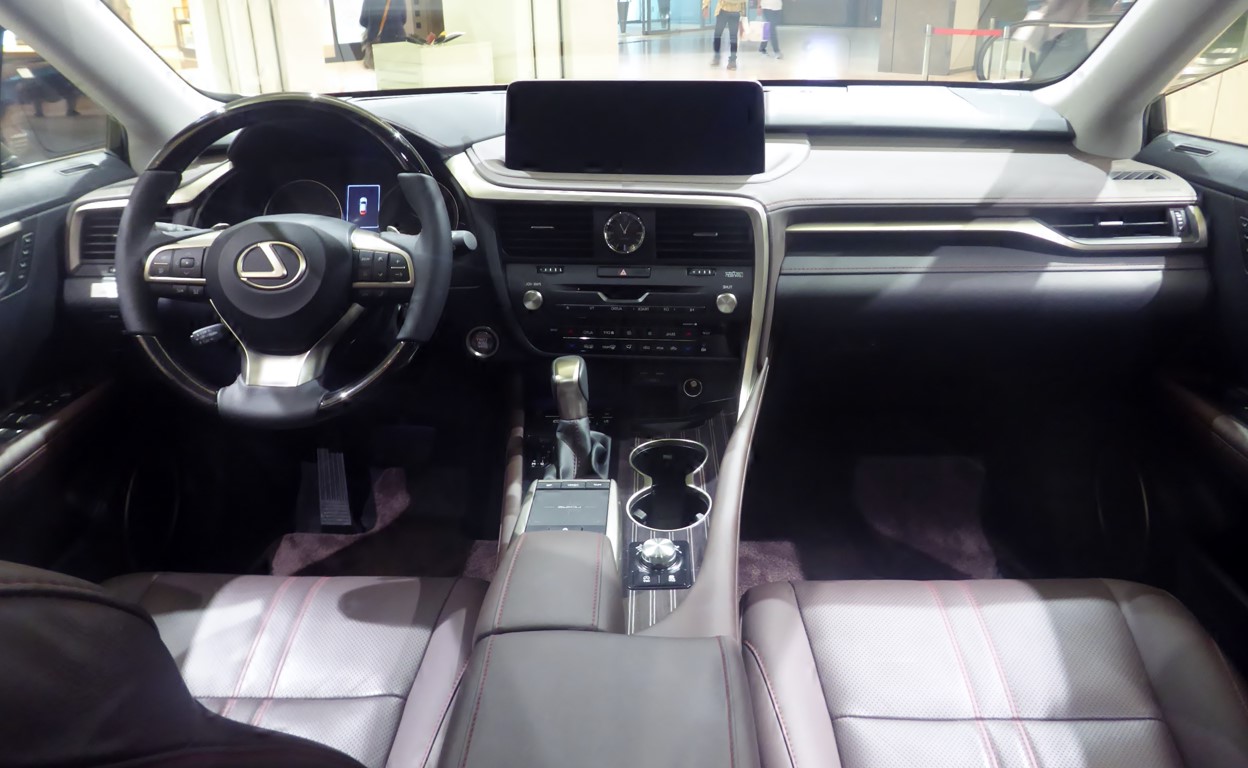
The interior combines luxury with Toyota’s obsessive build quality. Seat leather ages well, while wood trim maintains its appearance for years. The ergonomic layout demonstrates thoughtful design rather than random button scattering. The smooth 3.0L 1MZ-FE V6 provides refined performance with excellent reliability. Budget for transmission service after 150,000 miles. While some reach 500,000 miles, these represent exceptional rather than typical cases. Their $4,000-$7,000 market value offers excellent value for luxury seekers. If you’re still interested, feel free to check out a few more reliable engines and what they have in store.

